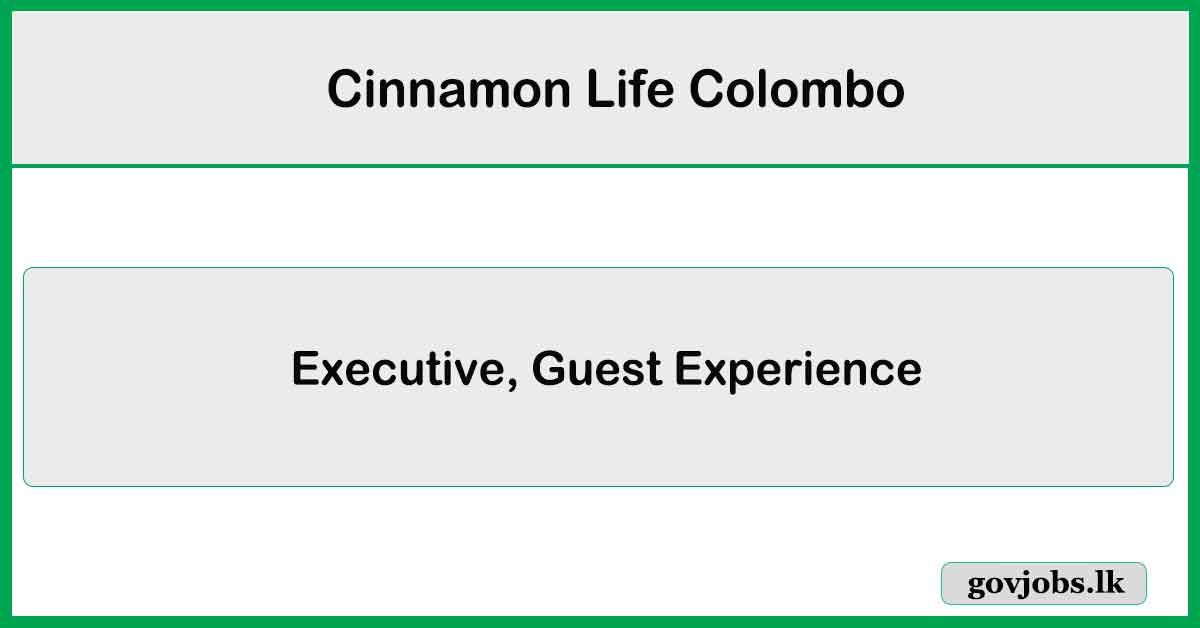
Executive, Guest Experience – Cinnamon Life Colombo Job Vacancies 2026
Cinnamon Life Colombo invites applications for the post of Executive, …
Government Job Vacancies, Courses, Exam Results, Past Papers

Cinnamon Life Colombo invites applications for the post of Executive, …

Hayleys Group Limited invites applications for the post of Pastry …

Pink Eagle Holdings (Pvt) Limited invites applications for the post …
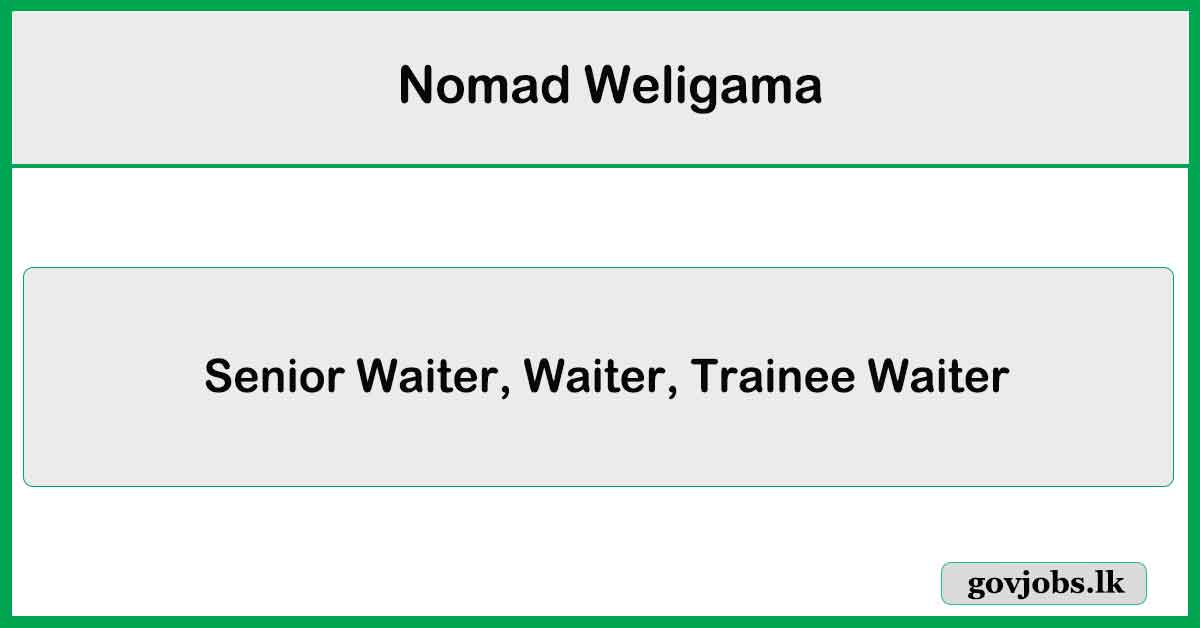
Nomad Weligama invites applications for the post of Senior Waiter, …
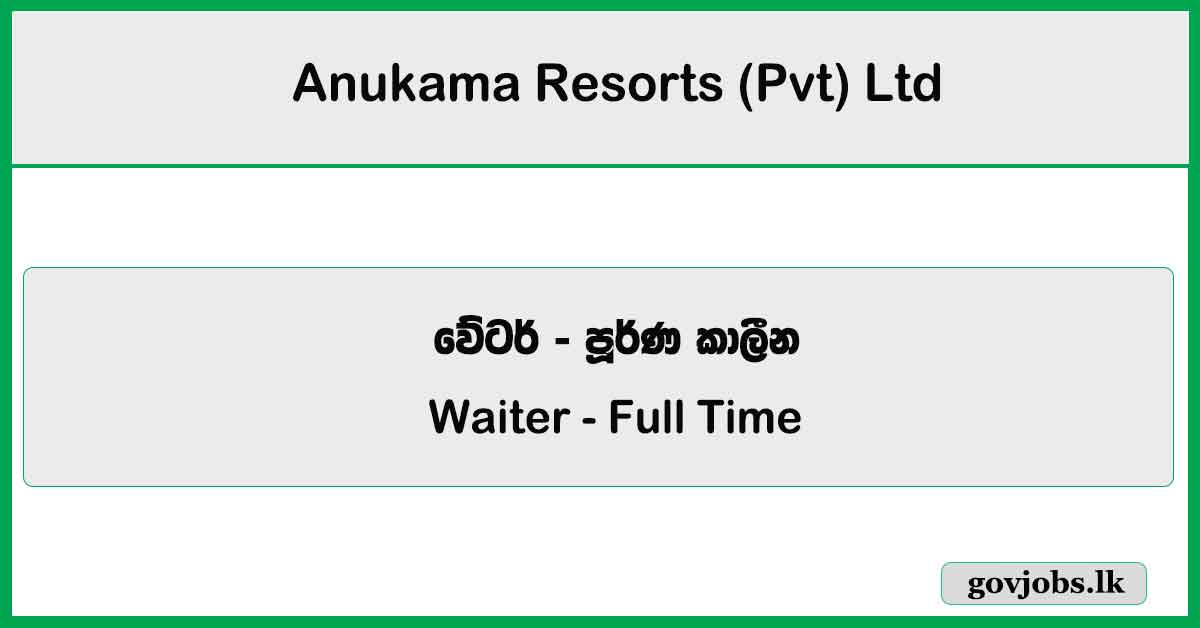
Anukama Resorts (Pvt) Ltd invites applications for the post of …
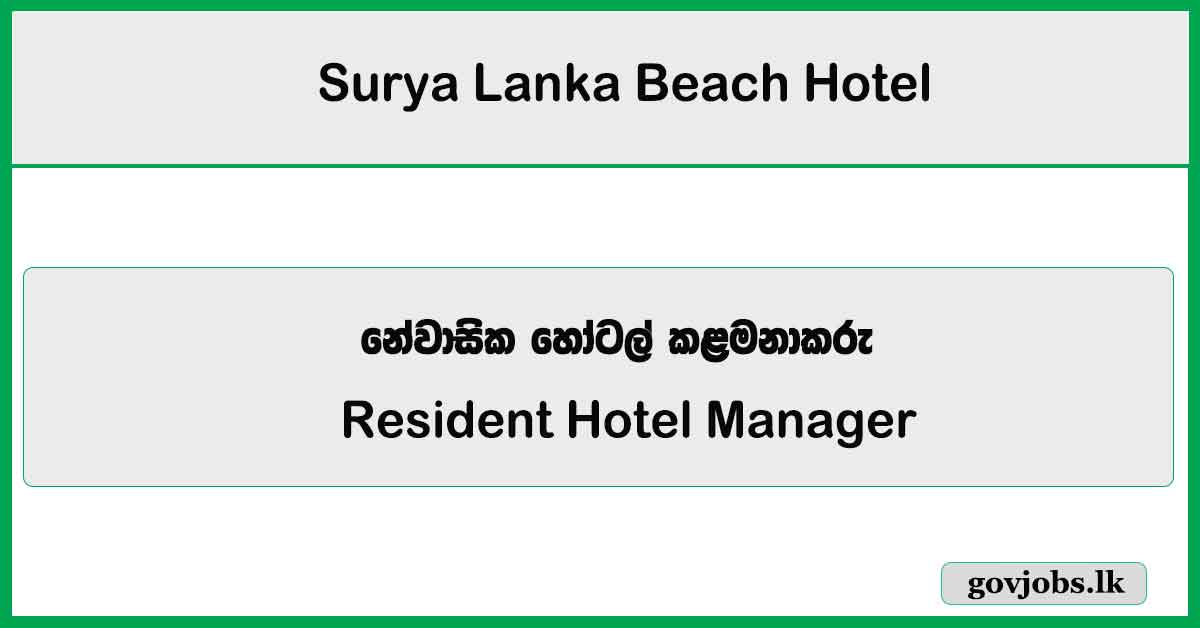
Surya Lanka Beach Hotel invites applications for the post of …
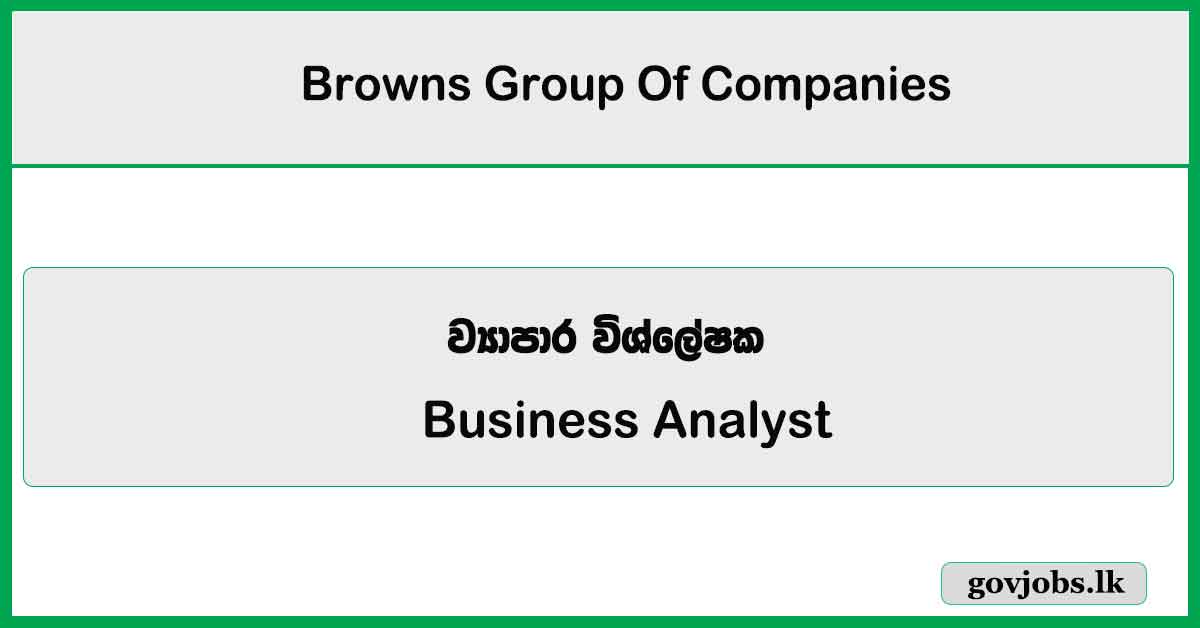
Browns Group Of Companies invites applications for the post of …

Salary and Pension Dates The official payment schedule for teachers, …
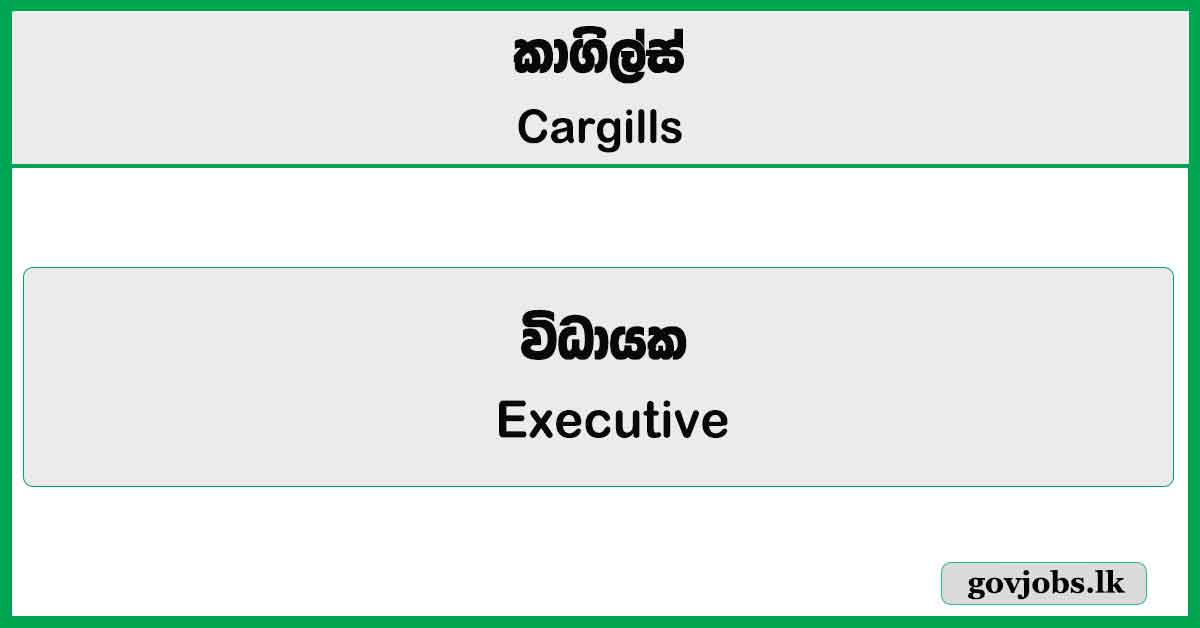
Cargills invites applications for the post of Executive. You can …

Marnie International (Pvt) Ltd invites applications for the post of …